Why writing sometimes looks like walking with Laura Pashby.
#08 ATELIER, a collaborative interview series exploring our creative spaces, processes and rituals.
A warm hello to anyone new here, I’m Lyndsay, mother, creative and storyteller with a background in interiors PR. Story & Thread. is a weekly letter exploring the intersection of creativity, mothering and the living world, with a home and a garden at the heart. I am so glad you have found your way here…
“More than anything, my creative inspiration comes from being outside—from trees, flowers, the weather, the moon”.
—Laura Pashby, on inspiration.
Hello everyone
I am dropping in with a very special Sunday delivery, the latest ATELIER interview, with writer and photographer , creator of Small Stories on Substack and author of two books — Little Stories of Your Life (which sits next to me on my desk as a wonderful guiding light) and Chasing Fog (a meditation on the magic of mist and fog, due to be published at the end of August).
Laura is absolutely one of my favourite writers, I love the way she alchemises the everyday into something laden with beauty and otherworldliness, by drawing out the magic and the meaning that surrounds us.
Laura and I connected recently about summer haze and how it can leave our thoughts fractured and scattered. Laura spoke about tidying her study to help anchor into creativity and I was delighted that she was happy to divulge more about her space, processes and sources of inspiration for the ATELIER series…
ATELIER, noun, [French atuh-lyey].
a workshop or studio, especially of an artist, artisan, or designer.
Where do you write?
At the very top of the house, in a corner that we carved out of a bedroom, is my little loft-room study.
It’s not much more than a desk, a chair and a small, square window but it’s a space that is all my own and it’s everything to me.
On my white desk stands a row of books about the writing craft, the wall behind covered in photographs, postcards, poems, quotations written out on post-it notes…anything that has caught my eye. Right in the centre is a peeling pink post-it with Joan Didion’s words: ‘Remember what it was to be me: that is always the point.’
Behind my desk are stacks of my current research books, a framed photograph of ferns in a glasshouse (I’m a little bit obsessed with images of plants behind glass) and a set of wall-mounted hooks on which I usually hang my Canon AE1 35mm film camera and a tote bag that my brother gave me which reads ‘Functional Introverts Association’.
Sometimes, I bring in things that I’ve picked on my walks—flowers, vines or leaves, and hang them there to dry. On a shelf by the window I keep a framed line from a Robert Frost poem: ‘Nothing gold can stay’. The window looks out across rooftops to the hills beyond, and in the garden opposite there’s a huge beech tree which is often filled with jackdaws. I love to watch it change through the seasons.
How do you like to approach a creative workday?
My creative week is squeezed into four short days, to fit around my part-time job in a lovely indie bookshop and my children’s school days (I have three sons). It’s not until everyone else has left the house that my own workday begins.
If I can, I try to begin with writing—a couple of days a week I take part in a ‘Mothers Who Write’ writers’ hour via Zoom.
I do some of my best work in those hours; there’s a strange alchemy in working alongside others.
After a coffee, I’ll get through some emails and admin and then return to writing, research, or creating posts for my Substack, Small Stories. At the moment, a lot of my time is taken up with publicity and marketing, because my book Chasing Fog will be published at the end of August—it’s exciting, but I’m always happiest in the quiet writing and research phases of the book process.
Are your surroundings important to you?
Yes and no! I love to have things around me that hold meaning—books, paintings, photographs, shells or things my children have given me—but I do live in a messy house, and I’ve had to learn to be relaxed about that, at least while my children are in (or approaching) their teens. I’d love for it to be tidier, but I choose writing over tidying every time.
What is important to me is being able to get out into the countryside—I try to go for a walk most days, and the woods, hills and fields are where I do my clearest thinking.
How do you like to feel whilst you are working?
I need quiet, and fresh air from the open window.
I have learned that I can’t wait until I feel inspired, I just have to sit down and start writing.
Sometimes, its not until I’m away from my desk that an idea will fall into place. When that happens, I dictate a note to myself using the CocoonWeaver app on my phone so that I can return to it the next morning.
How do you set the tone and energy of your environment?
Although the rest of the house is untidy, I try to keep my study as clear as possible to help me think. Gathering together words and images that inspire me helps me to focus solely on creativity when I’m in this space.
Do you have one place dedicated to your work, or do you move around?
Most of my writing takes place in my study, although I’ve been known to work in cafes, beside sports pitches, in the car outside the swimming pool… with my work days so squeezed, I try to make the most of every spare moment. I rarely have the chance to do it, but I particularly love working on trains, there’s something about being in motion that gives me clarity of thought.
Where do you source creative inspiration?
I read. A lot. Every day. Reading is the counterbalance to, and the fuel for, my writing. I don’t just read books for research, but also poetry, novels, memoir… If I’m struggling, I’ll pick up one of the writing craft books from my desk— Annie Dillard’s The Writing Life and Ann Patchett’s essay The Getaway Car (in her book This is the Story of a Happy Marriage) never fail to revive my focus.
More than anything, my creative inspiration comes from being outside—from trees, flowers, the weather, the moon.
I never feel more creatively attuned than when I’m walking alone in the woods on a foggy morning…I’ve written a whole book that begins with my love of fog!
Do you have any rituals around your work?
Coffee helps me to write, always. In the autumn and winter I often light a candle when I’m writing. My favourite is the True Grace ‘Library’ candle. I’m quite particular about the pens (Lamy Safari or Sharpie fineliner) and notebooks (Moleskine Cahier Journal) that I use.
On my desk, I keep a smooth smoky quartz crystal that I acquired when I was writing Chasing Fog—there’s a story about it in the book—and I like to hold it in my hand when I’m thinking.
What would your dream creative studio space look like?
I once listened to an interview with novelist Maggie O’Farrell in which she said that her writing room was a converted Victorian glasshouse in her garden. I adore Victorian glasshouses (I’m a little bit obsessed with plants behind glass) and I thought to myself ‘yes, that’s it—my dream writing room!’
Laura Pashby is a fog-loving writer and photographer. She lives in the Cotswolds countryside with her husband and three sons, where she walks the woods and hills with her camera. Her first book, Little Stories of Your Life, was published in 2021. Her upcoming book, Chasing Fog, will be published on 29th August 2024 and is now available to pre-order. Laura’s Substack ‘Small Stories’ is a search for magic and meaning in the form of letters from her writing desk.
You can find Laura at laurapashby.com | Small Stories | @circleofpines
I love how Laura’s writing process involves being out walking in nature, just as much as being at her desk.
Where does your writing process take place?
Thank you so much for reading, I hope you enjoyed this glimpse into Laura’s creative space as much as I did — as always, your thoughts are very welcome in the comments.
Thank you for reading! This is an entirely reader-supported publication and I really appreciate any time you ‘like’ or choose to share words that you have felt a connection with — it means a lot to know that you are finding something of value here. Your insights create a beautiful spiral of ideas to form in my mind and help to nurture a supportive community which feels important to me.
If you enjoy reading this newsletter I would be so grateful if you chose to support my writing by becoming a paid subscriber for £3.50 per month, or £35 for a year.


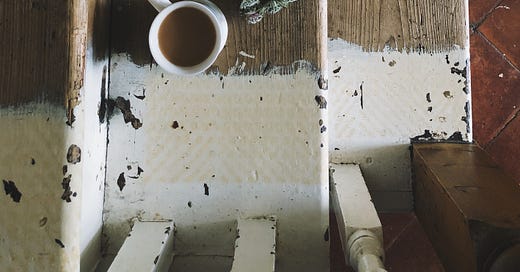






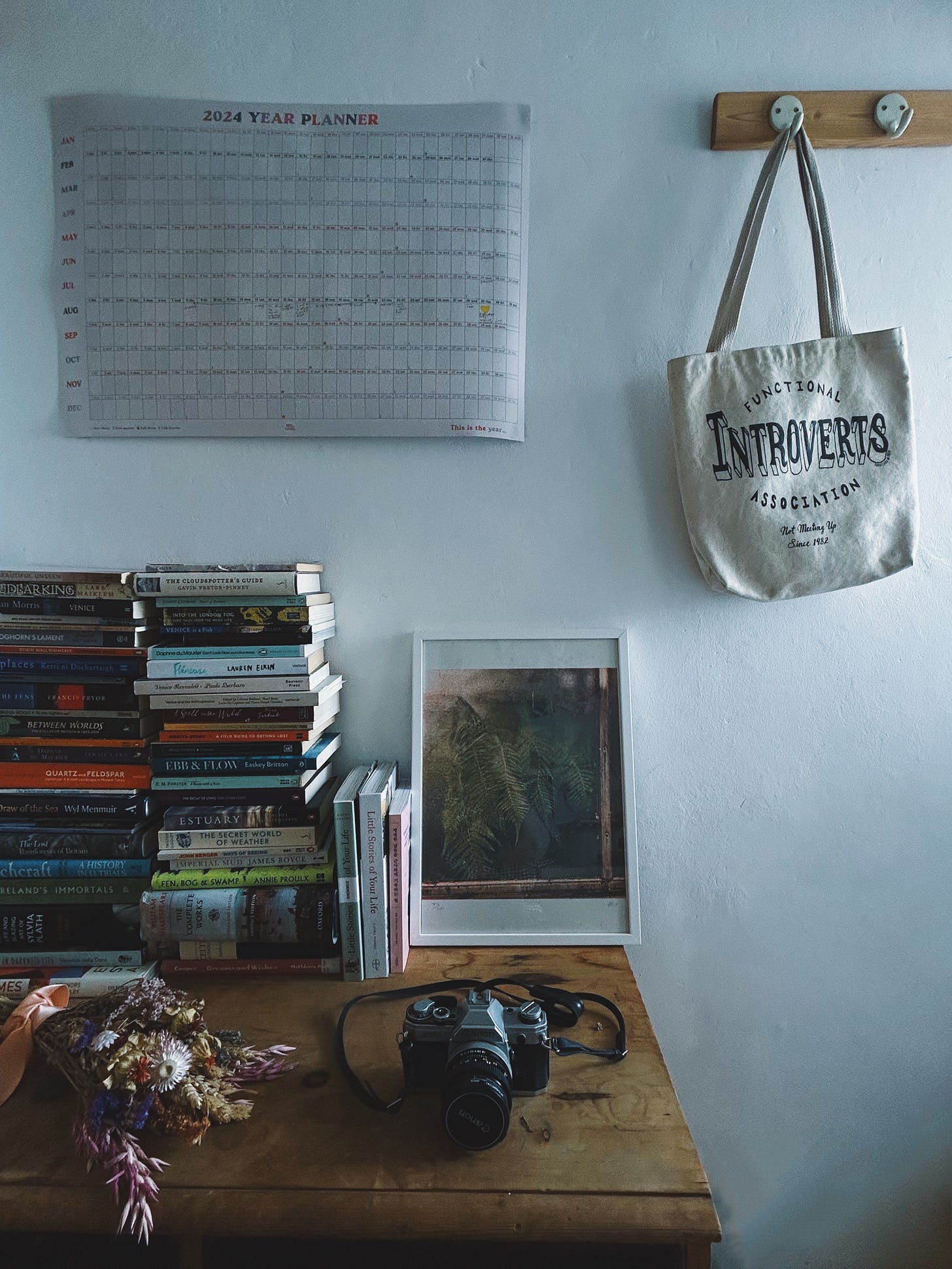

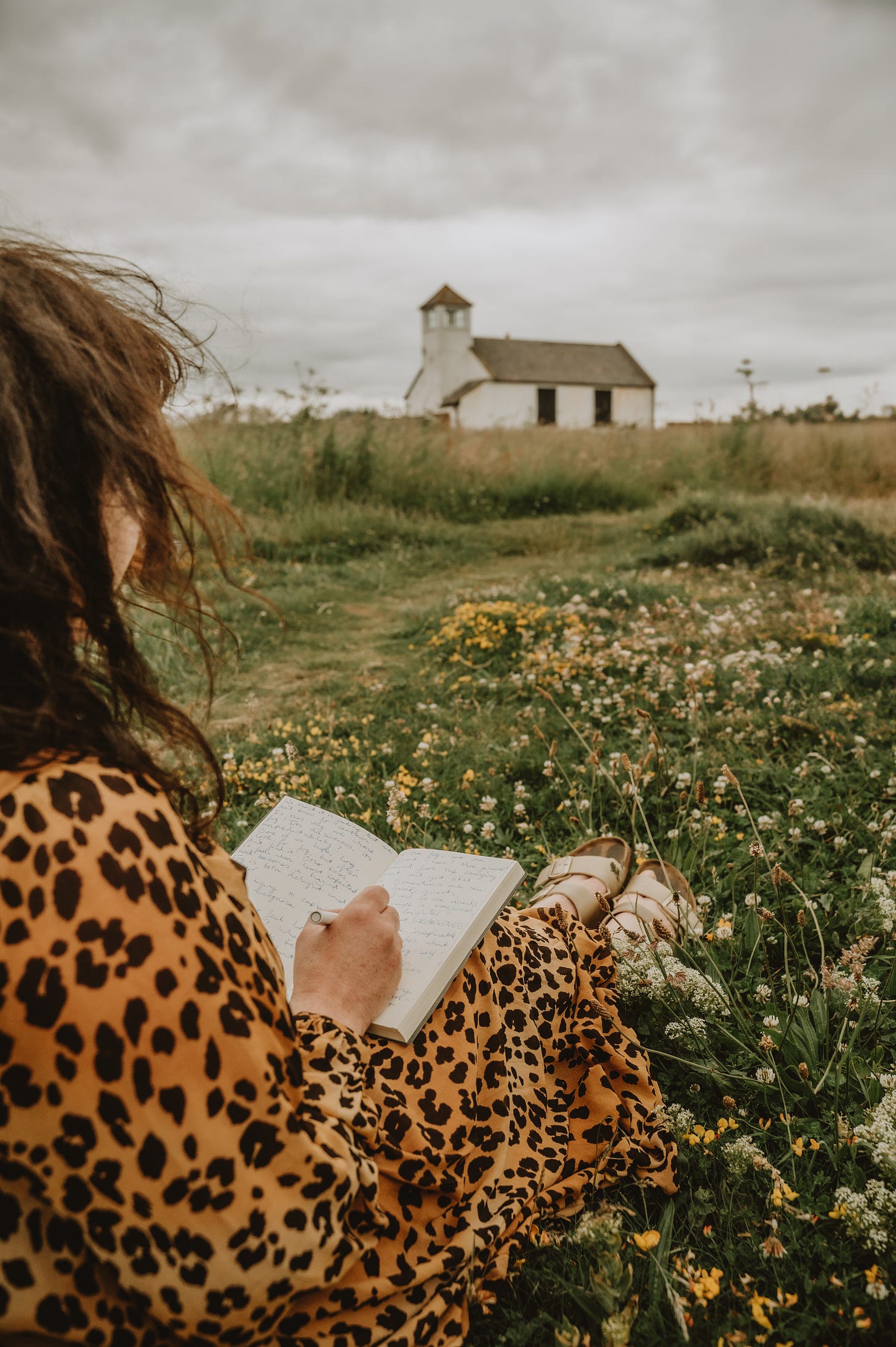
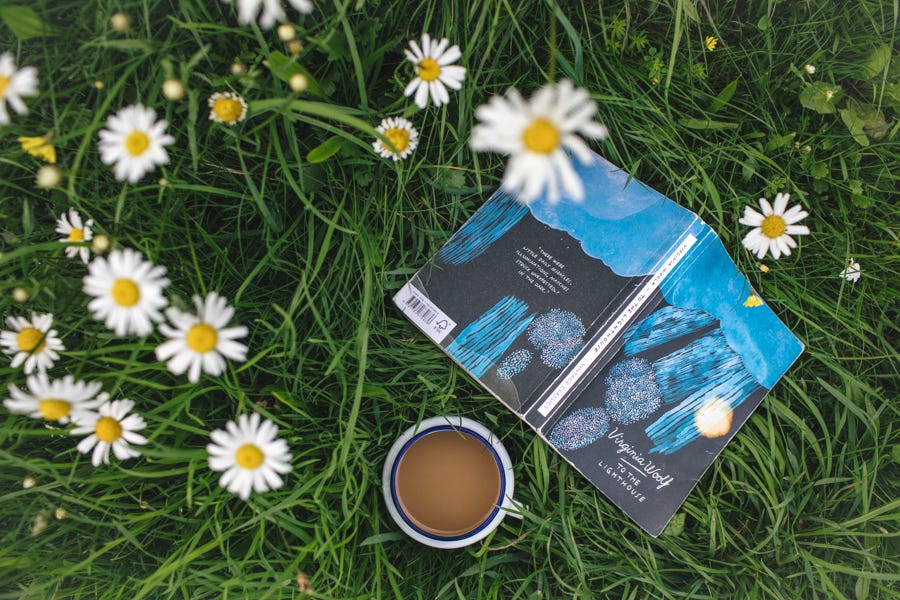
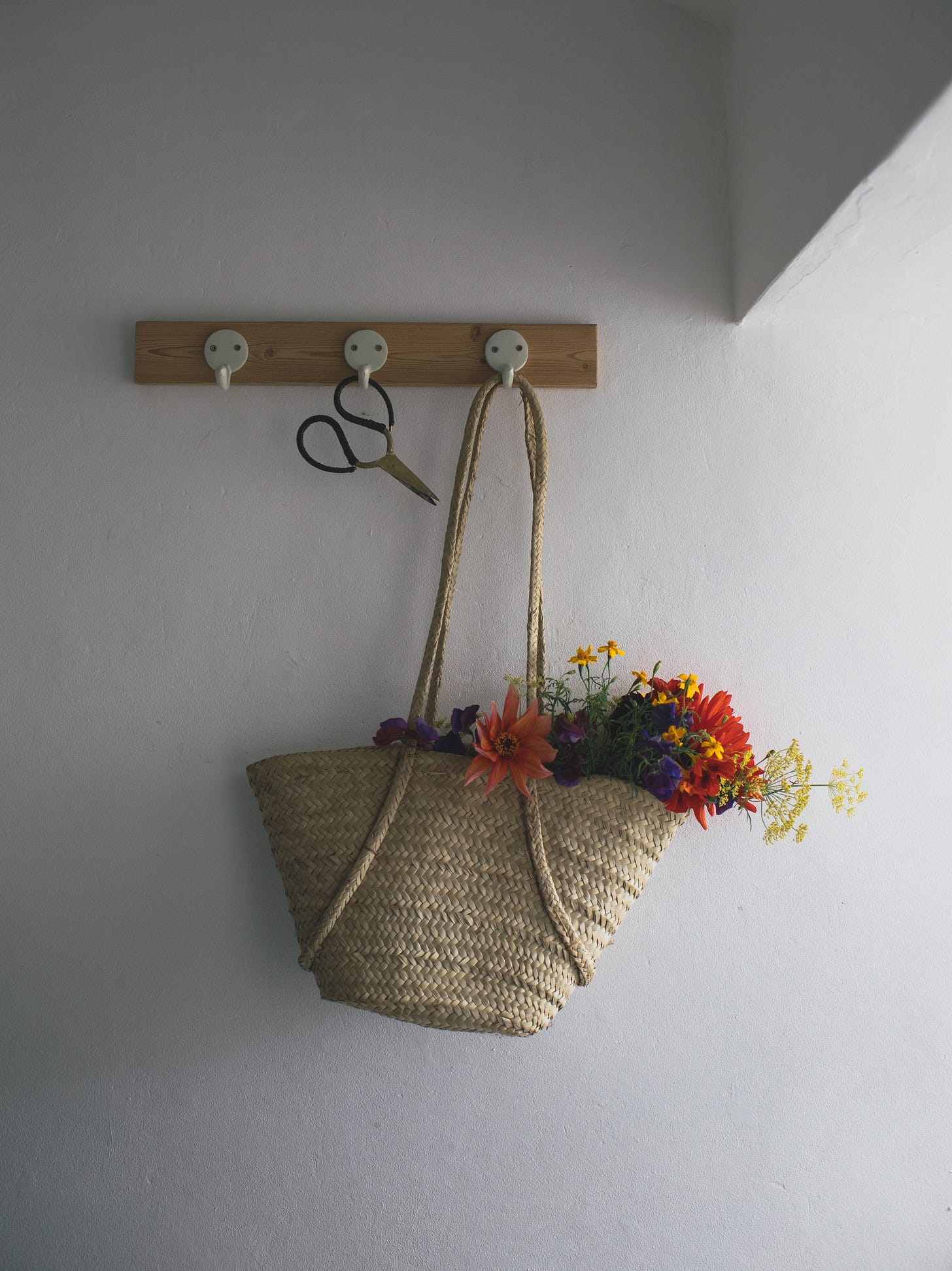

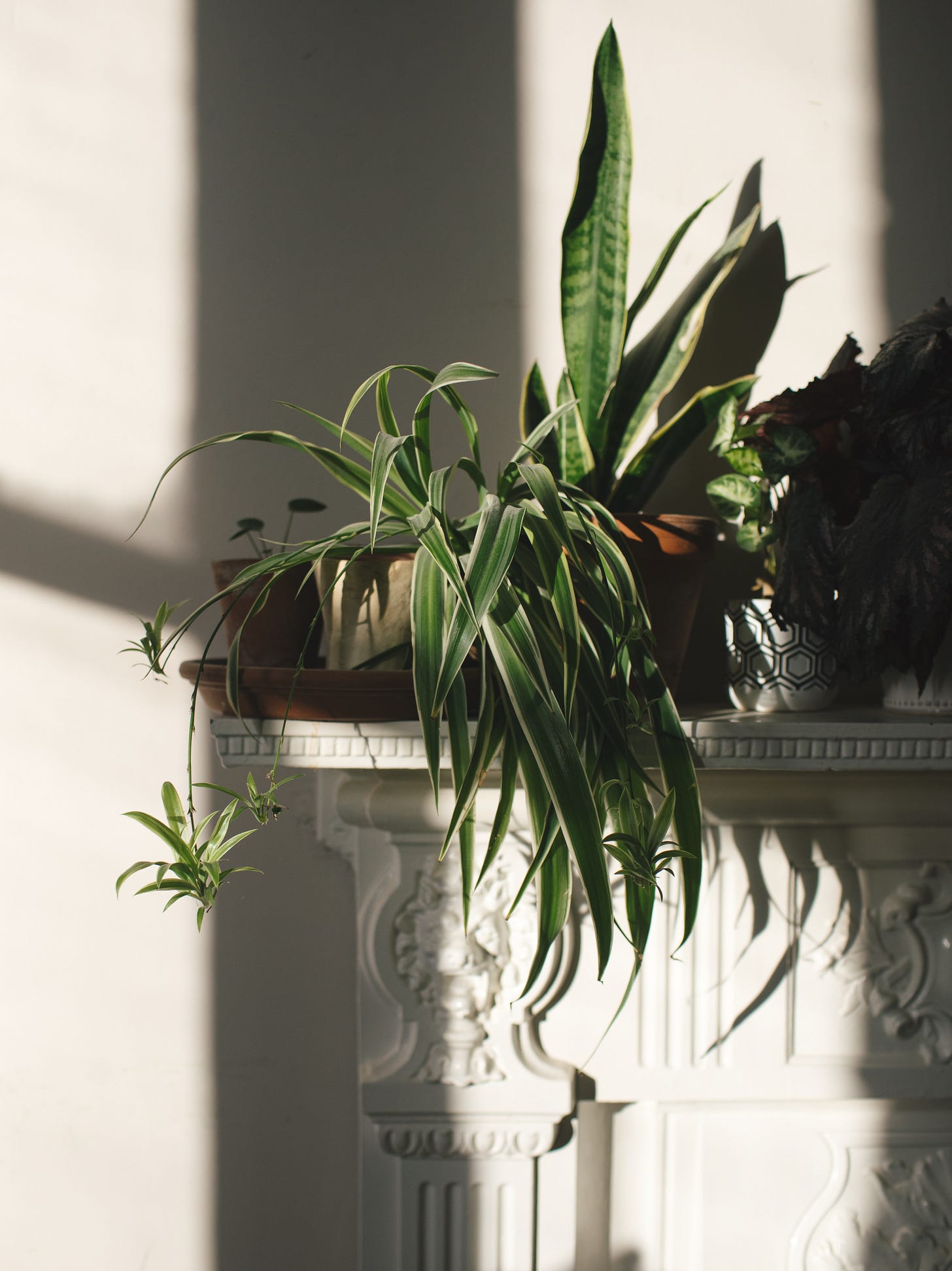


The voyeur in me loves to hear about writers habits and spaces - so loved this - but also because I already have Laura’s book on order 💚
So good to find out a bit more about one of the writers I admire most here! Thanks for this gorgeous interview Lyndsay 💛